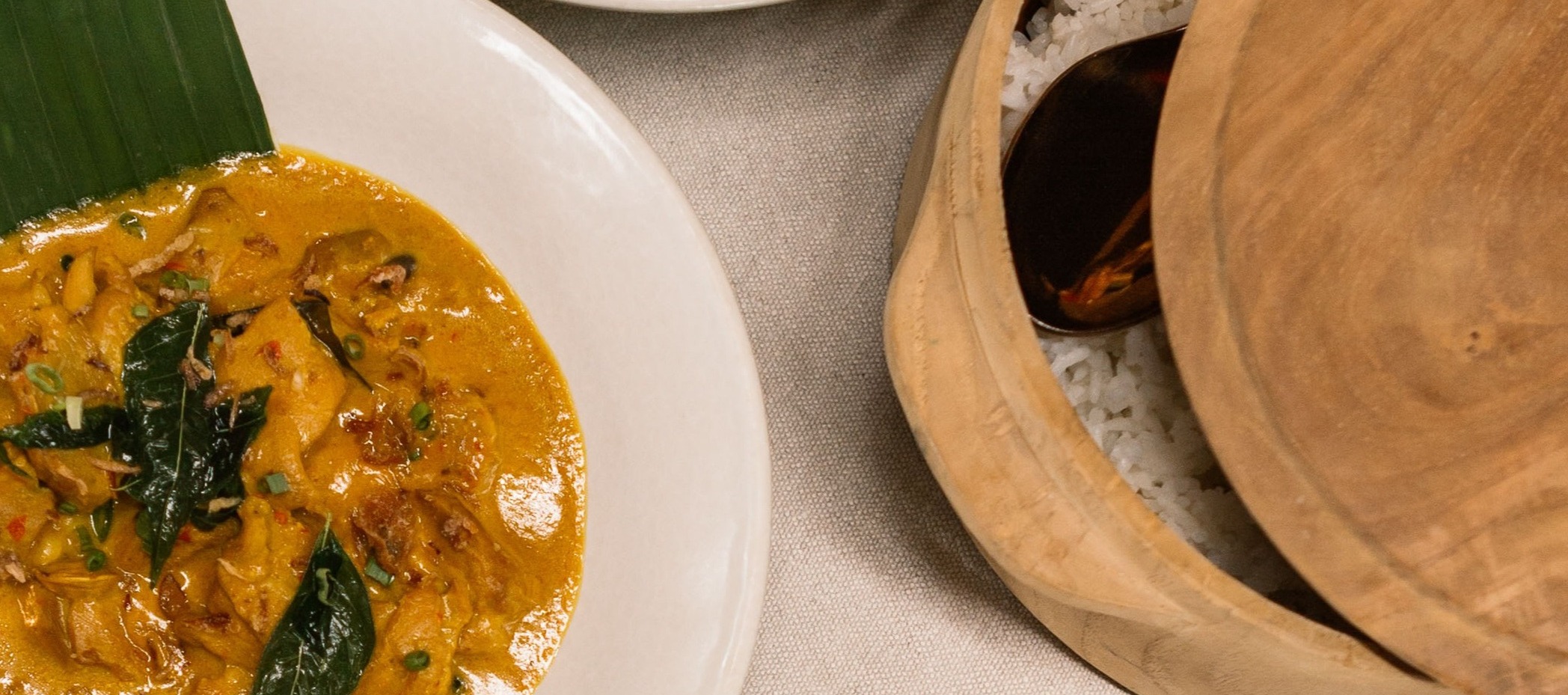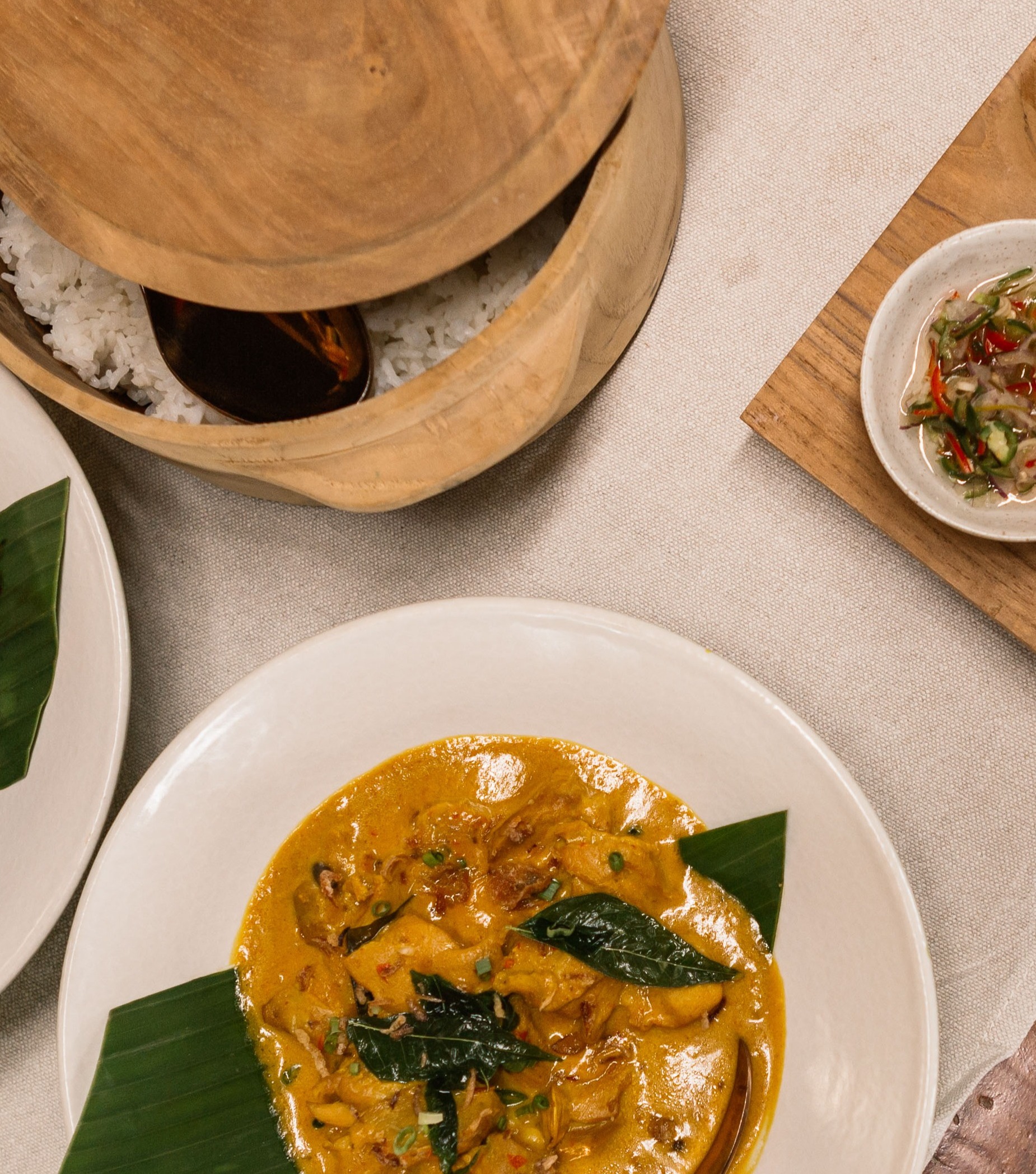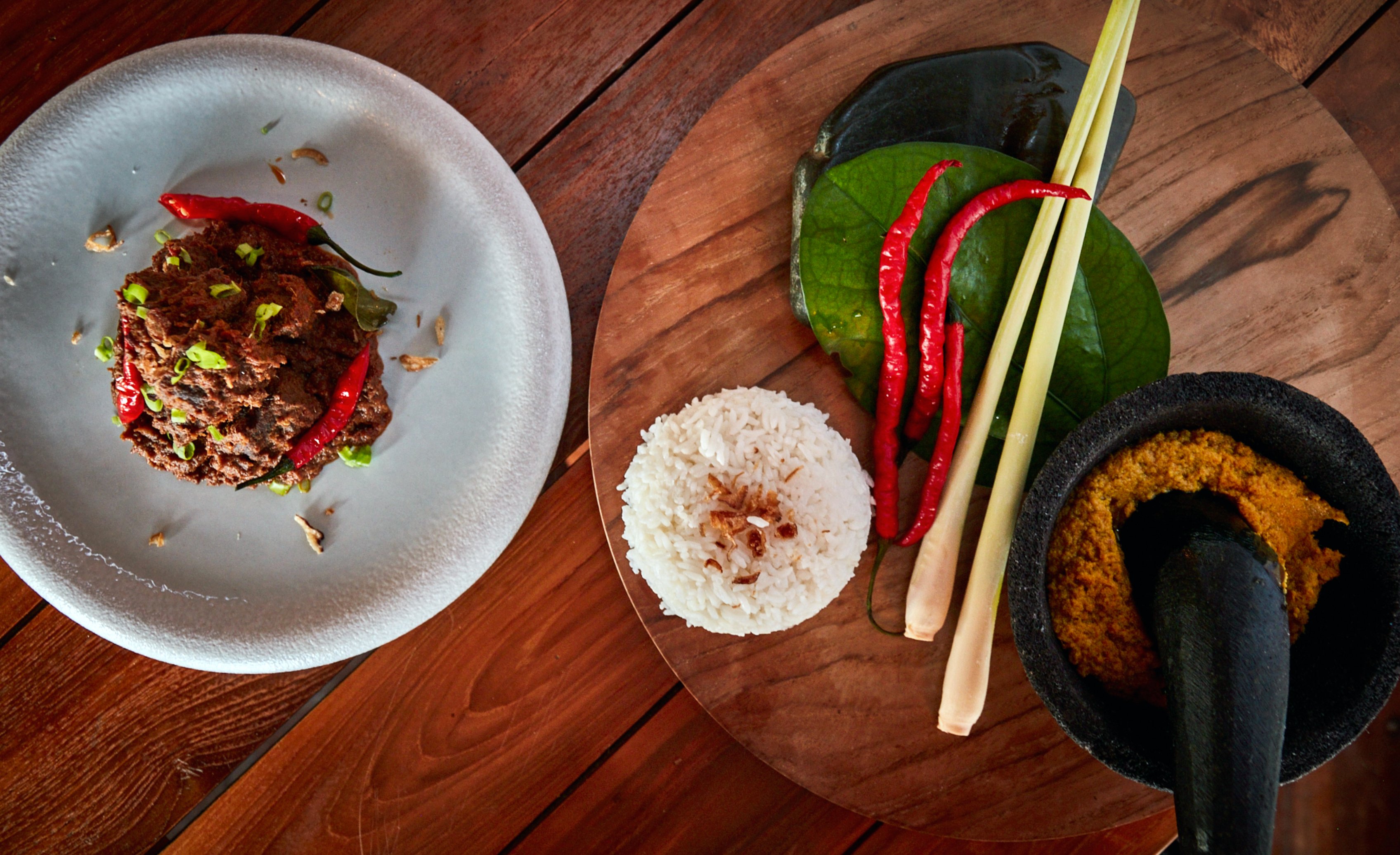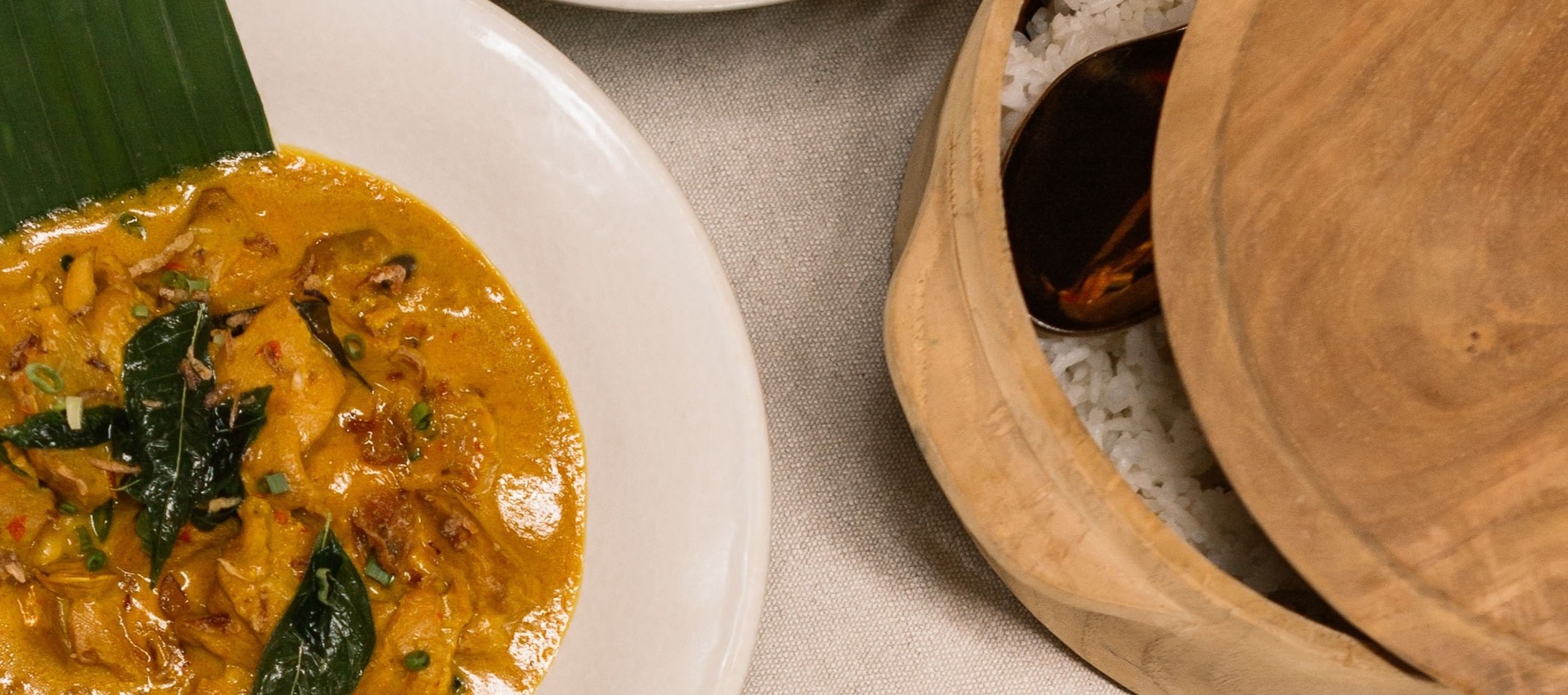An all-inclusive experience, redefined…At Bawah Reserve in Indonesia’s pristine Anambas...
Begin your day at Bawah Reserve with your choice from our Juice Butler service: fresh...
If you’ve noticed the beautifully patterned fabrics in your villa, you’ve already...
Ready to make a splash?For guests who are both swimming-fit and up for a challenge,...
Welcome to the thermal contrast therapy facility at Aura Sanctuary at Bawah Reserve,...
Planning your dream private island holiday in Indonesia? Here at Bawah Reserve, we...
3 ways to repost or use our Instagram Reels
We love that you want to share a little...
2024 wellness trends were exciting for sure, but it keeps getting better! The top...
A new subtle yet powerful trend - that of being “demure” and “mindful” - has been...
When we think of bees, honeybees often come to mind. However, at Bawah Reserve, a...
In the heart of Southeast Asia lies a hidden gem that promises a retreat into nature,...
It’s safe to say that if you ask someone to name a tropical island destination, they will...
As we step into 2024, the world of well-being is teeming with transformative trends that...
2 years ago for Earth Day 2022, we created 10 sincere pledges for investing in the planet...
Starting to plan your dream wedding? Some couples have a clear idea of their perfect...
We are often asked about the best time of year to schedule a trip to Bawah Reserve.Which...
Our faraway paradise is well worth the journey and there are many ways to get to Bawah,...

Kalio is a term used to describe a wet version of rendang, a national dish of Indonesia hailing from Western Sumatra. It's very likely that you haven’t heard of Kalio curry before, but once you try it, this savoury gravy dish will quickly become a favourite for sure.
For kalio curry, you use all of the same ingredients as in rendang but you cook the sauce for a shorter period of time. There are actually a few different types of rendang that are prevalent in Indonesia.
Three main types of rendang:
Gulai: Light yellow in colour and cooked in spicy coconut milk up until the coconut milk has reached its boiling point creating a more liquid soup dish, this is called gulai.
Kalio:

If the cooking process continues until the coconut milk is partly evaporated creating a thicker gravy and turning darker brown, the dish is called kalio.
Rendang:

For a more traditional rendang, the cooking process continues hours beyond this, until the liquid has all but completely evaporated and the colour turns to a dark brown colour. There is very little if any liquid in rendang.
According to Wikipedia - rendang is recognised as one of Indonesia's national dishes. Six types of rendang preparations have also been designated as intangible cultural heritage by the Indonesian Ministry of Education and Culture.
This is our Bawah special recipe for a vegetable Kalio curry and we like to add a bit of fried tempeh on top. This dish is super versatile and is also delicious with chicken or prawns depending on your menu.

Serves 4
Spice pack
Cinnamon stick 1 piece
Star anise 1 piece
Coriander seeds 20 grams
Cardamom seeds 3 pieces
Cloves 3 pieces
Curry leaf 1 piece
Kaffir lime leaf 10 pieces
Oil 2 tbsp
Sugar 15 grams
Lemongrass stalk – sliced white part only 1 piece
Large red chili – seeded with pith removed 200 grams
Ginger peeled 40 grams –3 small pieces
Galangal peeled 20 grams – 1 small piece
Red shallots 100 grams
Candlenut, cashew as an alternative 4 pieces
Fresh turmeric 50 grams
Garlic 80 grams
Coconut milk 500 ml
Salt and pepper 50 grams or to taste
Oil 1 tbsp
Cold Water 500 ml
Ginger 50g
Leek 100 g
Garlic 50 g
Vegetables
Carrots 100 grams
Long beans 100 grams
Eggplant 100 grams
Broccoli 100 grams
Baby Potatoes 150 grams
Vegetable Stock (this can be made up to 48 hours in advance):
1. Cut leek into large chunks. The greater the surface area, the quicker vegetables will yield their flavour
2. Heat 1 tablespoon of oil in a soup pot
3. Add leek, sliced ginger and sliced garlic and stir for one minute
4. Add water and a pinch of salt and bring to a boil
5. Lower heat and simmer uncovered for 30 minutes
6. Strain and set aside
For the Kalio Paste (we encourage making this 24 – 48 hours before making this dish to allow the flavours of the paste to develop):
1. Slice the garlic, shallot, chili, peeled galangal, peeled ginger, turmeric and lemongrass, the white part only.
2. Heat 1 tablespoon oil in a medium pan
3. Add the ingredients listed as spice pack into the hot pan together with the sliced ingredients from step one.
4. Slowly sauté all of the above until fragrant and soft.
5. Remove the spice pack ingredients and set aside
6. Transfer the remaining sautéed ingredients to a mortar ‘cobek’ and grind into a paste adding a small amount of the vegetable stock to the mix. You can also transfer ingredients into a food processor for this step.
7. Once you have your blended paste fold back in the whole spices that you removed
from the heat. This will allow them to infuse more flavour into the paste.
Cooking the curry
1. Remove the spice pack ingredients from your curry paste and discard
2. Chop your fresh vegetables into bite-sized pieces and set aside
3. Heat 1 tablespoon of oil in a medium pot
4. Add your pre-made kalio paste and sauté
5. Add 250 milliliters of your pre-made stock along with the fresh vegetables, simmer
for 5 minutes. Add more stock if you prefer your curry to be less thick.
6. Add the coconut milk and simmer until partly evaporated, the colour of the curry
should be more brown than yellow.
7. Add salt and pepper to taste
Plate into a bowl and serve with rice and spicy sambal on the side for those who want an extra kick.
We also top ours with some fried tempeh for that extra flavour and crunch. Do share your variations with us too!
An all-inclusive experience, redefined…At Bawah Reserve in Indonesia’s pristine Anambas...
Begin your day at Bawah Reserve with your choice from our Juice Butler service: fresh...
If you’ve noticed the beautifully patterned fabrics in your villa, you’ve already...
Ready to make a splash?For guests who are both swimming-fit and up for a challenge,...
Welcome to the thermal contrast therapy facility at Aura Sanctuary at Bawah Reserve,...
Planning your dream private island holiday in Indonesia? Here at Bawah Reserve, we...
3 ways to repost or use our Instagram Reels
We love that you want to share a little...
2024 wellness trends were exciting for sure, but it keeps getting better! The top...
A new subtle yet powerful trend - that of being “demure” and “mindful” - has been...
When we think of bees, honeybees often come to mind. However, at Bawah Reserve, a...
In the heart of Southeast Asia lies a hidden gem that promises a retreat into nature,...
It’s safe to say that if you ask someone to name a tropical island destination, they will...
As we step into 2024, the world of well-being is teeming with transformative trends that...
2 years ago for Earth Day 2022, we created 10 sincere pledges for investing in the planet...
Starting to plan your dream wedding? Some couples have a clear idea of their perfect...
We are often asked about the best time of year to schedule a trip to Bawah Reserve.Which...
Our faraway paradise is well worth the journey and there are many ways to get to Bawah,...
© Bawah Reserve 2024. Anambas. Riau Islands. Indonesia
leave a comment